Being immersed in the fitness industry provides me with a ton of different opportunities to experience different techniques, methodologies, and products. I recently had the privilege of a...
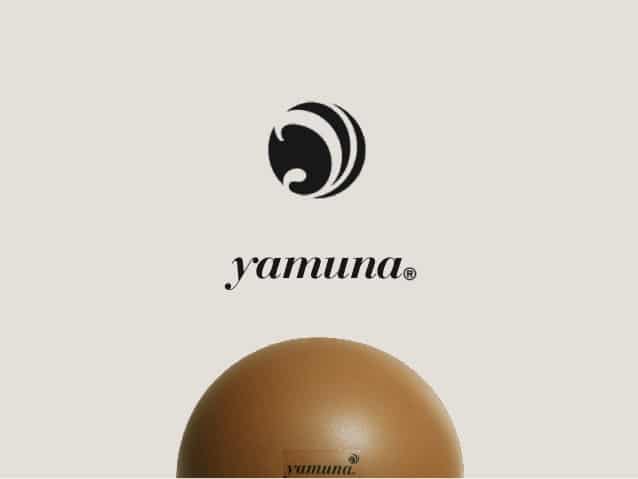

Being immersed in the fitness industry provides me with a ton of different opportunities to experience different techniques, methodologies, and products. I recently had the privilege of a...
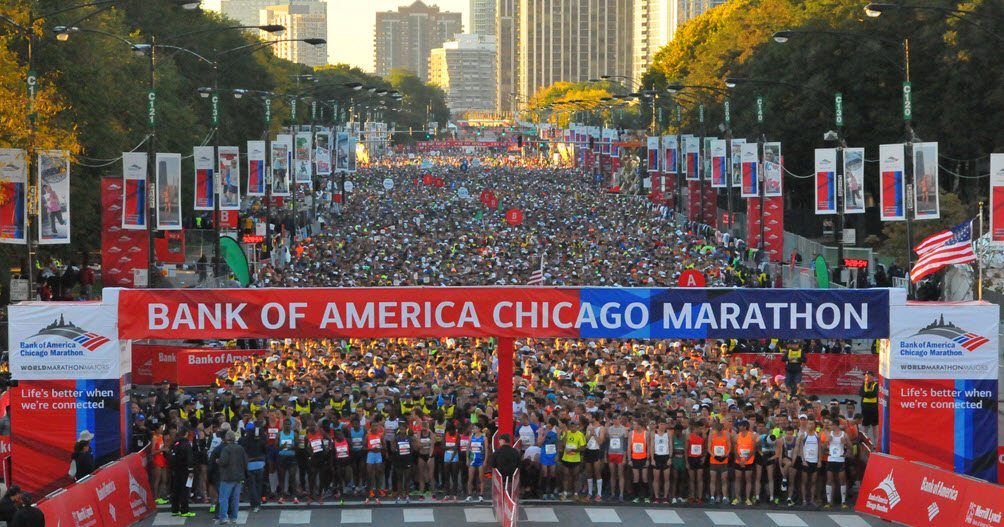
Leading up to the Chicago Marathon 2016 The Chicago Marathon provides an excellent course, plenty of support and, for me, a chance to visit home for a few days. It was no different for me this...
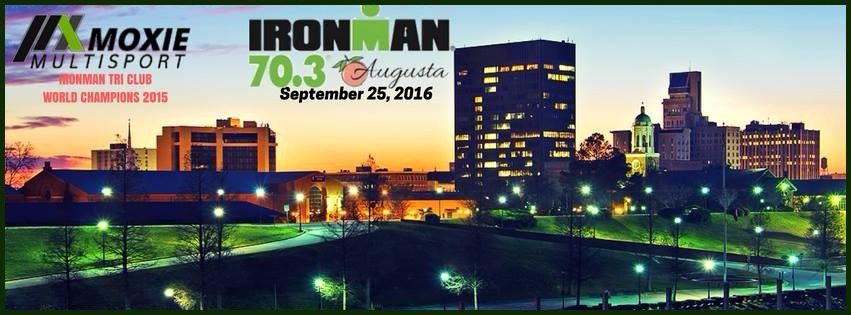
September 25 was going to be my day. The Ironman Augusta 70.3 triathlon was finally here. The race I had been training so hard for on one of my favorite courses. It was four-and-a-half months...
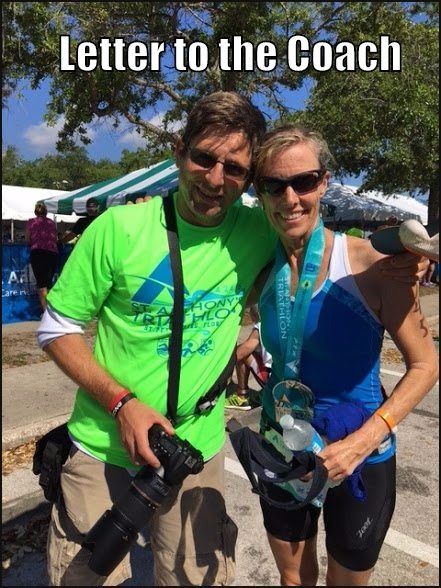
I have been an endurance coach for some time now. Once in a while, I receive an email from a client which chokes me up with pride. Today, I received one of those letters, so instead of sharing it...
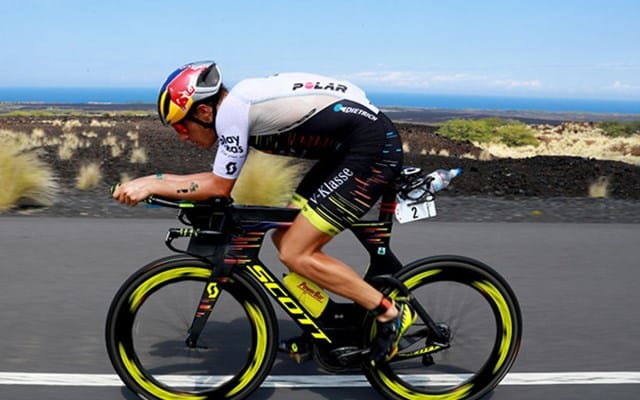
I found when looking for ways to get faster on the bike, is that there is so much information, from different coaches and experts, that it can be confusing and overwhelming. Personally, I...
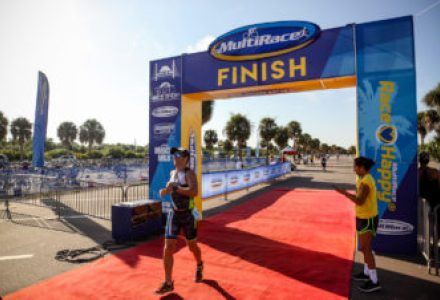
The previous post was a review of the FD3 Triathlon Series as if it was a product. Below you will find a more detailed account of my personal experiences during the race. Let me know in the...
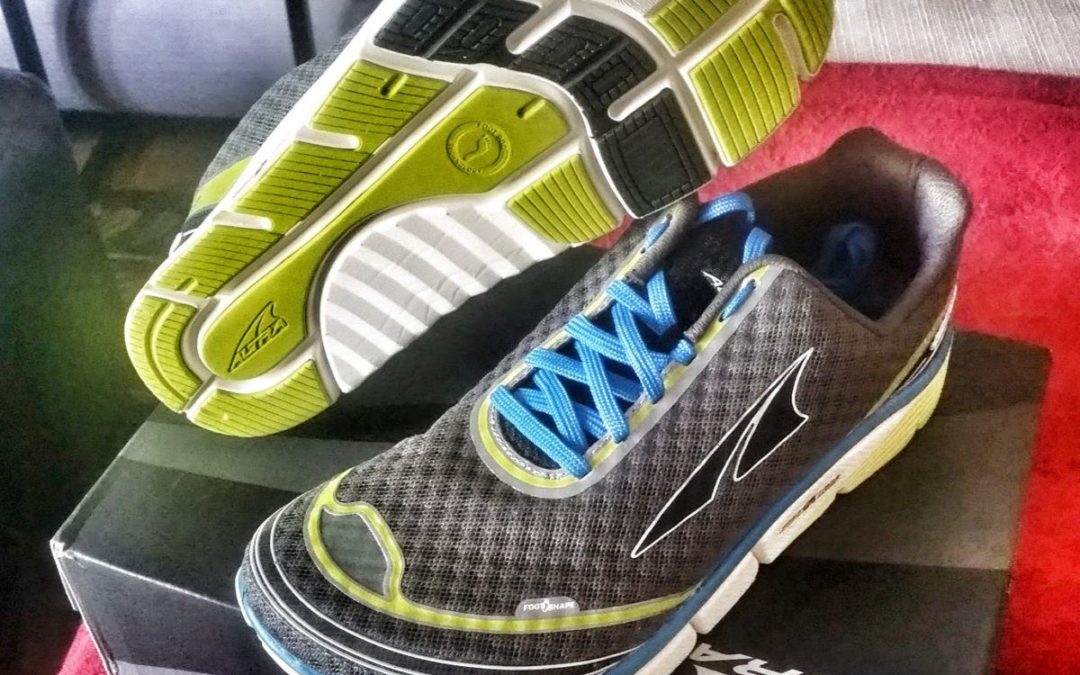
I have been a fan of the Altra line for a little while now, so I was so honored to be given a chance to review the brand new Altra Torin 2. I reviewed the 1.5 version when it first arrived, and it became my shoe of choice for long runs.
One of Altra’s significant differences in the complete line of shoes is their zero heel drop and since my coaching methodology includes an emphasis on our body’s natural movement while running this is obviously one of my favorites. (I have included a explanation of what “Zero Drop” means in my previous Altra Torin 1.5 review.)
The other difference between Altra and their competition is the wide toe box, or as Altra calls it, a “FootShape” toe box. The ability to splay the toes plays a significant role in injury prevention and the strength of the feet. This allows the runners body to support itself, rather tan relying on a shoe for support.
The upper has been improved in the 2.0. The Torin 1.5 was made with a thick upper which added unnecessary weight and reduced flexibility of the shoe. The 2.0 has been upgraded with a much thinner mesh material that breathes better and allows for more flexibility.
Here is where some of my favorite changes were made. First, they moved from the heavier EVA to their lighter proprietary “A-bound” material that for me seems to add a little more spring to the ride of the shoe. When my foot strikes the ground the material seems to not only protect from the natural impact, but reacts driving me forward.
The weight in the previous show was 10.1 ounces which was up from the original Torin which was 9.5 ounces. The Torin 2 comes in at 9.1 ounces which is one of the lightest in this category, if not the very lightest.
Altra added what they call Innerflex which are groves in the outsole and midsole that bend with your foot allowing substantially more flexibility than the previous models. This too me was the single most important change they made. The Torin has always classified as their High Cushioned shoe which most companies have traded flexibility for cushion. Altra has found a way to give runners the flexibility I love with the cushioning I want and without giving up any of proprioception.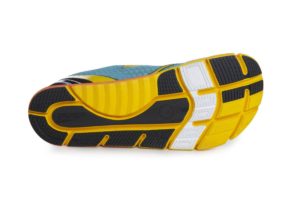
The have now included a Foot Pod technology which maps the bones of the foot with the Innerflex so the shoes flexes where the runner needs it to, allowing a near customized fit.
Altra went ahead and removed the toe guard and heel rudder as well. In my opinion this not only allowed them to shed some weight, but also added to flexibility and comfort. In a road shoe I never really thought either added any value. These two advantages are best left for trail specific designs.
Obviously, not much.
The new Abound foam tends to soak in water and sweat which makes the shoe feel a little heavier during training and racing. Even with the mesh material the shoe does not seem to drain well. I would love to see a version of this shoe with drain holes, but of course that is the triathlete in me talking.
After about forty miles the new Abound material started to squeak while just walking ,and only in my left shoe This does not seem to happen when I run in them, but it is a little noisy when walking through the store. I think it may be just a problem with this pair, but nonetheless it is something I dislike. However, it did not change the performance of the shoe.
The price of $125 is a little high in my opinion. A better price point would be the $100 – $110, but of course that is very minor for shoe of this quality.
Let’s see how the Torin 2 ranked on my scale:
Quality – 4/5
Upper – 4/5
Outsole – 4/5
Flexibility – 5/5
Comfort – 5/5
Appearance – 4/5
The Altra Torin 2 is available in men’s whole and half sizes 7-12.5, whole sizes 13-15 and in three color patterns. It is available in women’s whole and half sizes 5-10.5, whole sizes 11-12 and in three separate color patterns.
Please feel free to comment on your feedback.
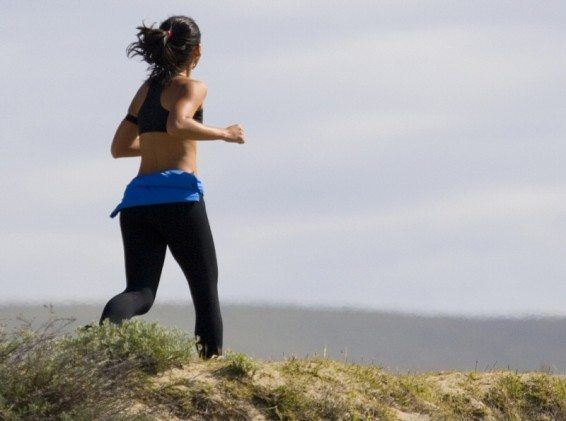
I can hear it now….”Know wonder they call you a Goof…you are crazy.”, “So, if I run slower I will get faster? You are out of your mind.” It was not to long ago I used to think the same thing, but as with everything I post, there are reasons and science to back it up.
Let’s face it, logic would dictate that pushing the pace of your easy days, as close to race pace as possible, would help you get fit faster and help you speed up, right? A lot of coaches, including myself, will tell you to run slow on your easy days, and easy days should be making up anywhere from 50-75% of your weekly mileage.
I have clients continuously asking me, “why are my easy days so slow?” The latest is my famous sit downs with my runners telling them to slow down after examining their data and finding them running tempo speeds during an easy day.
The answer to the question is what Arthur Lydiard and most other coaches would call the aerobic system. The aerobic system, or aerobic development, is the one of the most important fundamentals into unlocking your true potential.
Let us first check the stats on the energy contribution the aerobic system provides for races. As you can in the chart below, even the shorter events like the mile, over 80% of the energy required to run the race is produced via the aerobic system.
Aerobic training is the scientific fact that to move your body at higher intensities, the body needs to break down sugar and convert it to glycogen so it can be used as energy.
The aerobic system plus oxygen starts a chemical reaction known as Aerobic Glycolysis which continuously powers continuous endurance activities. In the aerobic system energy ATP is produced through Pyruvic Acid and Lipid/Protein fragments entering the Kreb Cycle and the Electron Transport Cycle.
Uh…what?
During aerobic respiration (yeah, that’s breathing) the body uses all the oxygen it needs to power the muscles. When you are running in your “aerobic zones” (easy runs), your muscles have enough oxygen to produce all the energy they need to perform.
See? Improving your capacity to transport and efficiently use all the available oxygen to produce energy will enable you to race faster since this makes up 85-99% of the energy needed to race.
Since running easy is aerobic development, what better way is there to train the aerobic system? There is none.
Capillary development – capillaries are the smallest of the body’s blood vessels and they help deliver oxygen and nutrients to the muscle tissues while exporting waste products out. The larger the number of capillaries you have surrounding each muscle fiber, the faster you can transport oxygen and carbohydrates to your muscles.
Aerobic training (easy running) increases the number of capillaries per muscle fiber, thus improving how efficiently you can deliver oxygen and fuel to your working muscles and how quickly they can clear waste products.
Myoglobin is a protein in the muscles that binds the oxygen that enters the muscle fiber. When oxygen becomes limited during intense exercise, myoglobin releases oxygen to the mitochondria to produce more energy.
The more myoglobin you have in the fibers of your muscles, the more oxygen is transported under aerobic stress. Like, uh, during a race. Aerobic training increases the amount of myoglobin you have in your muscle fibers.
Mitochondria are microscopic organelle found in your muscles cells that contribute to the production of ATP (energy). In the presence of oxygen, mitochondria breakdown carbohydrate, fat, and protein into usable energy.
Therefore, the more mitochondria you have, and the greater their density, the more energy you can generate during exercise, which will enable you to run faster and longer.
Aerobic training increases both the number and the size of the mitochondria in your muscle fibers.
Suffice it to say that aerobic development is the single most important factor to long-term development.
Of course, track workouts, VO2 max sessions, tempo runs and cross training will increase your fitness and are still incredibly important to racing faster. However, nothing will help improve continuously like developing the aerobic system.
Aerobic development is dependent upon running in your aerobic zones (for my runners Zones 1-3). This is why running faster on your easy days develop the aerobic system. Once you step out of those aerobic zones, on easy runs you diminish development of your aerobic system, but you also increase the chance for injury. Nope, two negatives do not make a positive in running.
This is one of the single biggest mistakes runners of all experiences make in their training.
As a coach and trainer I have always distinguished myself because I am always able to give my clients and readers the “why”. (Sometimes my clients end up telling me to just shut my mouth. when I am training with them because I am continuously telling them why they are doing each movement of an exercise or workout. I guess it may not be an advantage all the time. Go figure.)
Scientific research has been able to identify how the aerobic system adapts and responds to certain training paces. Physiologically we know:
It is pretty clear now right? Your optimal easy run pace for aerobic development is between 55 and 75 percent of your 5k pace, with the average pace being about 65 percent.
It’s also evident that running faster than 75% of your 5k pace on your long run has very little additional physiological benefit.
In fact, the research indicates that it would be just as advantageous to run slower as it would be to run faster. Running around half of your 5k pace is pretty easy right? Wouldn’t you know it, the evidence is clear that it still provides near optimal aerobic development.
Feel free to let me hear your feedback. I welcome any other case studies, personal experiences and other research as I am always learning. I provide you with the best content I can, but I have an open-mind and know that there may be other research out there that may negate information I post.
~IronGoof

As stated in web-ease “O-M-G!” I have so much information to share It is hard to think about anything else. Unfortunately, I started on a new contract a couple of months ago and now that I am fully immersed in it, my days are becoming hectic. Not only that but I have my own training, coaching clients and getting ready for the CPT test this month, so needless to say hectic is the only word to describe my activities right now.
Have you noticed the new change to IronGoof.com? I have moved away from a complete blog site to a more of a Coaching Site. I hope you like the new looks. Please feel free to explore and send some feedback on the changes. It will continue to be a work in progress, so any and all honest comments on the site are very welcome and encouraged.
Coming up over the next weekend or so I am going to be sharing news about past events and the latest going’s on.
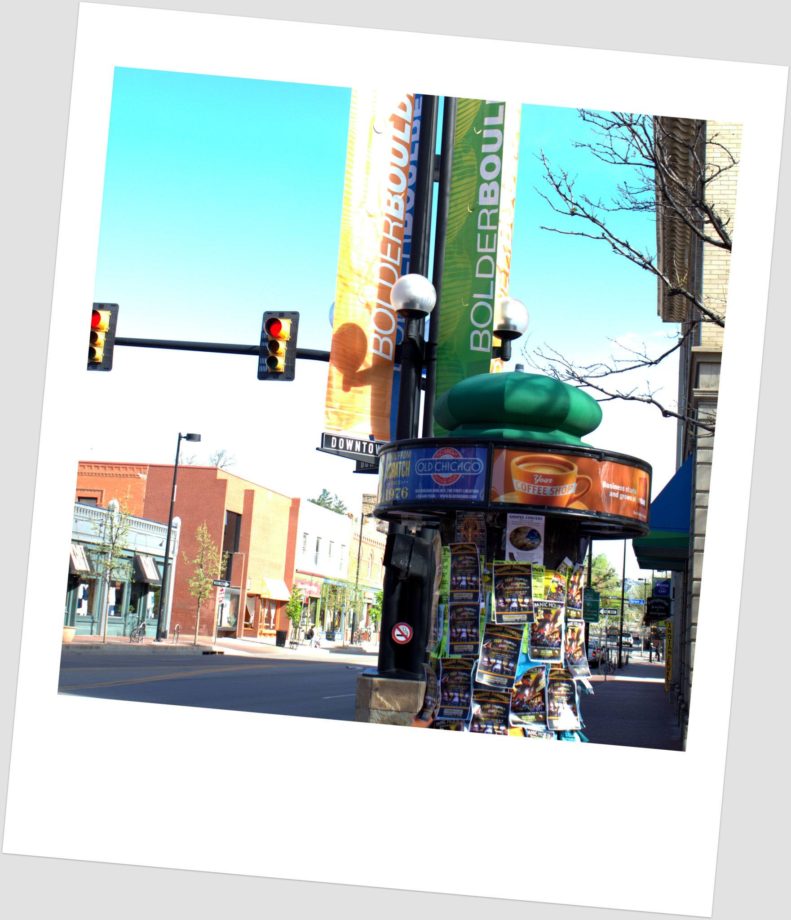 I just returned back from Boulder, Colorado where I spent five amazing days working some of the top running coaches on form and performance. The Newton Running Lab hosted certification training for RRCA, Newton and Lydiard. The content included proper running form with drills, strength exercises, injury prevention, injury management and transition plans. While I was intrigued with the Newton Coaching formula, I was excited that a portion of it mimicked my own. The only part that my personal coaching methodology added was the intricacies of making the running form personal to each person. Newton believes proper running mechanics are the same for everyone, and with the hundreds of hours I spent learning my own body I know this isn’t true, but it is a good place to start.
I just returned back from Boulder, Colorado where I spent five amazing days working some of the top running coaches on form and performance. The Newton Running Lab hosted certification training for RRCA, Newton and Lydiard. The content included proper running form with drills, strength exercises, injury prevention, injury management and transition plans. While I was intrigued with the Newton Coaching formula, I was excited that a portion of it mimicked my own. The only part that my personal coaching methodology added was the intricacies of making the running form personal to each person. Newton believes proper running mechanics are the same for everyone, and with the hundreds of hours I spent learning my own body I know this isn’t true, but it is a good place to start.
The Lydiard Certification training was the best part. Arthur Lydiard was a New Zealand running coach that coached many Olympians to medals including gold in the 1500 meters and beyond. He later mentored other coaches to a point where he is actually considered “The Coach of Coaches of Champions.” Obviously, this resonated with me because Arthur himself was not a competitor, but he coached more champion runners than any other coach to this day. As I really do not compete with anyone other than myself for PRs, this validated my feelings on coaching and my passion for it. As this is a coaching method, not a form method, it also validated a lot of what I already incorporate, but I also enhanced my knowledge greatly.
It was taught by Lorraine Moller who herself was a three time Olympian to include racing in the first 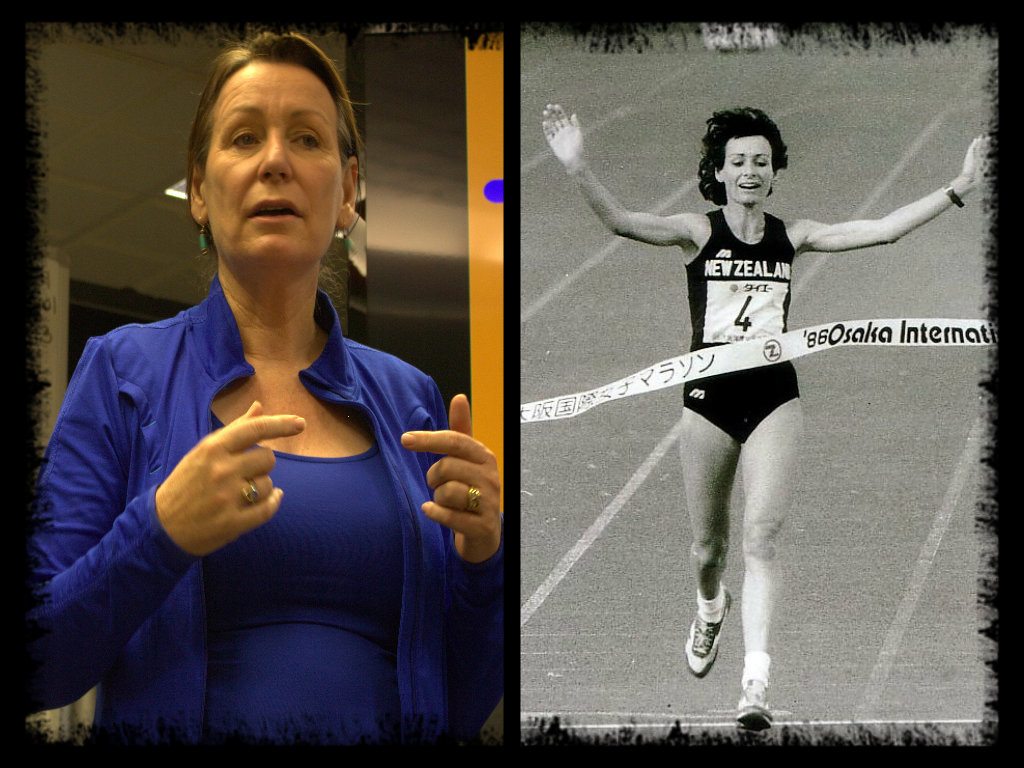 ever Olympic Women’s Marathon in 1984 where she took 5th. She did won bronze in 1992 at the Barcelona games in the Women’s Marathon. Her credits also include winning Grandma’s Marathon three times, the Boston Marathon, the Osaka Ladies Marathon twice, the Hokkaido Marathon twice, and second in the Commonwealth Games. She was coached by John Davies who was mentored by Arthur Lydiard. Lorraine herself was followed by Arthur and would consistently give her pep talks before competition. She is an amazing speaker and completely passionate about running and the Lydiard Coaching method as well as the founder and president of the Lydiard Foundation. I was extremely lucky to have someone as accomplished as she is as an instructor for the class.
ever Olympic Women’s Marathon in 1984 where she took 5th. She did won bronze in 1992 at the Barcelona games in the Women’s Marathon. Her credits also include winning Grandma’s Marathon three times, the Boston Marathon, the Osaka Ladies Marathon twice, the Hokkaido Marathon twice, and second in the Commonwealth Games. She was coached by John Davies who was mentored by Arthur Lydiard. Lorraine herself was followed by Arthur and would consistently give her pep talks before competition. She is an amazing speaker and completely passionate about running and the Lydiard Coaching method as well as the founder and president of the Lydiard Foundation. I was extremely lucky to have someone as accomplished as she is as an instructor for the class.
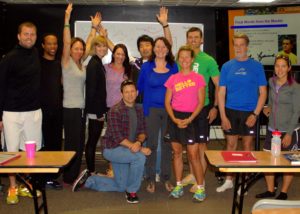
The class was kept fairly small in order to provide us with a lot of individual instruction. We went through analysis of our own form using video which was really interesting. I know that my form isn’t perfect, but my mechanics are good. I found that I actually do not lift my knees as much as I should, and when I applied it later the form became even easier. I learned a lot and I hope to attend the level 3 class later in the year.
Boulder as a city was awesome!!! The scenery was amazing as it was surrounded by mountains and the culture really resonated with me. Boulder’s environment seems to revolve around two things, athletics and the arts. Which are my two passions, so this city really got under my skin. Everywhere you go, everyone is traveling on bicycles and avid cyclists and triathletes are training. Pearl Street is filled with small businesses, to include, coffee shops, restaurants and bars, and none of them are chains. You cannot find a McDonald’s or Wal-Mart anywhere the residents won’t allow it which is great. The quad-like feeling of this outdoor “mall” for lack of a better term, is filled with musicians playing and practicing, photographers, writers, and artists. It gives the feel of a old small town but with the University of Colorado in the midst, it also brings in a younger element that increases the energy of the area. The weather started the day in the high 50s and increased to the mid 80s and then ended in the high 60s. There is almost no humidity, so the air smells fresh and clean. Since most people utilize people-powered transportation it feels as though exhaust fumes do not even exist. I just fell in-love with Boulder and Colorado. I am not quite sure I ever want to live in a place with winter months, but if I did, I definitely would consider Colorado and Boulder.
My plan is to sit and complete the few posts I have started this weekend to bring you the following:
That should keep me busy for a while. Have an amazing week! Live with Passion.